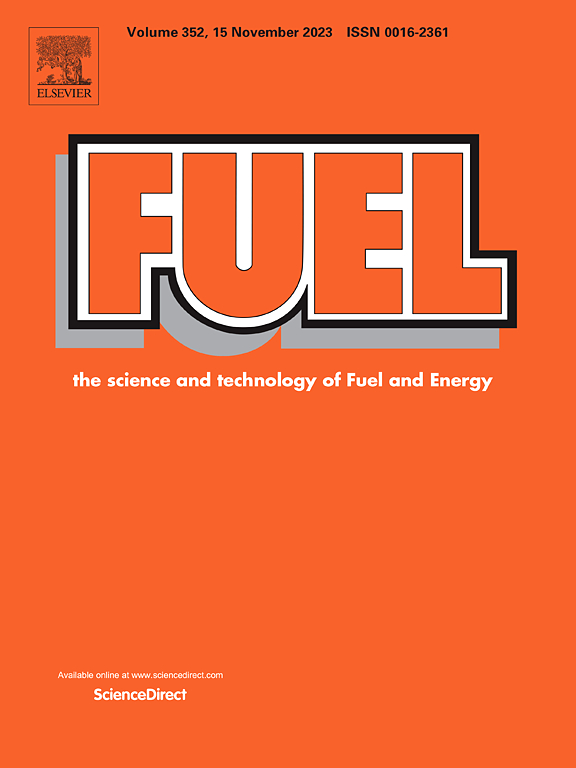Promotional effects of phosphotungstic acid on the alkali metals poisoning resistance of MnOx catalyst for NH3-SCR
IF 6.7
1区 工程技术
Q2 ENERGY & FUELS
引用次数: 0
Abstract
One of the main challenges for NH3-SCR catalysts in industrial applications is the deactivation caused by alkali metals in the flue gas. In the study, the influences of various alkali metals (Li, Na, K) on the NH3-SCR activity of Mn-based catalysts were investigated. The findings reveal that the deactivation of Mn-based catalyst decreased in the following order of Na > K > Li after the same mass of alkali metals was deposited. The incorporation of phosphotungstic acid (HPW) significantly enhances the resistance of MnOx to alkali metals at temperatures below 180 °C. Notably, the SCR performance of HPW modified MnOx (Mn-HPW) was nearly unaffected by alkali metals within the range of 180–300 °C, converting over 90 % NOx on poisoned Mn-HPW at 150–270 °C. HPW increases the specific surface area of the poisoned MnOx catalyst, thereby promoting the adsorption and activation of the reactants on the catalyst surface. Additionally, HPW mitigates the destruction of the acid sites on MnOx surface by alkali metal species and weakens the redox property of the poisoned MnOx catalyst, which helps prevent over-oxidation of NH3 and facilitates NH3 species involvement in the SCR reaction. Furthermore, HPW enables the surface of the poisoned MnOx-based catalyst to retain the active nitrate intermediate, contributing to NOx conversion at low temperatures.
求助全文
约1分钟内获得全文
求助全文
来源期刊

Fuel
工程技术-工程:化工
CiteScore
12.80
自引率
20.30%
发文量
3506
审稿时长
64 days
期刊介绍:
The exploration of energy sources remains a critical matter of study. For the past nine decades, fuel has consistently held the forefront in primary research efforts within the field of energy science. This area of investigation encompasses a wide range of subjects, with a particular emphasis on emerging concerns like environmental factors and pollution.
 求助内容:
求助内容: 应助结果提醒方式:
应助结果提醒方式:


